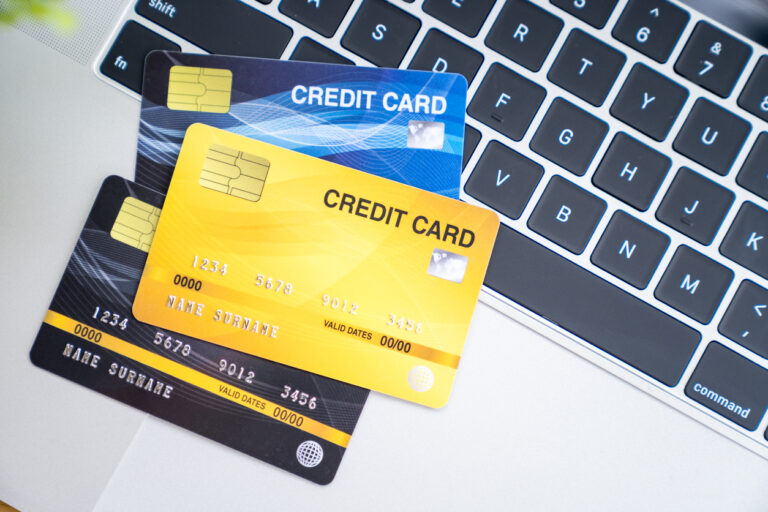Chargebacks and Fraud – What Every Business Should Know

How well-protected is your business from chargebacks? So many business don’t take the necessary steps to prevent chargebacks and fraud from happening, or they take action when it is already too late. We share some important practices you can implement to be proactive in keeping your business protected and your customers happy.
Chargebacks are bad for your business. Whether they are the result of customer dissatisfaction or fraud, chargebacks can harm your banking relationships and your bottom line. Banks are wary of doing business with merchants that have a high rate of chargebacks, and if your business incurs too many, the bank may end the relationship. Even if your business only has a few chargebacks, the associated bank fees and lost revenue will cost your business money.
For most businesses, there are two main sources of chargebacks: dissatisfied customers and fraudulent buyers. These eight practices can increase customer satisfaction and weed out many fraudulent transactions before they are authorized.
Four steps to reduce chargebacks from unhappy customers
Communication and documentation can cut the number of chargebacks from legitimate but dissatisfied customers.
- Include all the important details in your product and service descriptions. This includes product size, materials, care, and intended uses. For services, folly explain duration, features, and benefits. Legitimate customers who receive what they expect are less likely to dispute their purchase.
- Spell out shipping costs, delivery times, and return and refund policies. For extra protection, include a signature page in the checkout process where the customer must read and agree to your return policies before buying. This documentation can help your business if there’s a dispute later.
- Make it easy for customers to contact your business. Answer customer service calls quickly, make live chat available, and answer customer emails right away. Customers who feel that a merchant is responsive are less likely to file a dispute. If you issue a refund, do it right away and follow up with a confirmation email.
- Take a look at your business’ transaction descriptions. Will customers recognize those purchases on their credit card statement? If not, change the descriptions to something your customers will quickly recognize.
Four best practices for preventing fraudulent chargebacks
At ChargebackHelp, we’ve seen the wide range of businesses that scammers target. In fact, smaller businesses now report more fraud attempts and incidents than major companies. Because small businesses suffer proportionally more damage from chargeback fees, damaged bank relationships, and lost revenue, they need fraud controls and chargeback reduction tools that are as effective as those used by the biggest merchants.
- Verify product delivery. Friendly fraud flourishes when customers can falsely claim they never received their orders. For all orders, use a shipping method that tracks and confirms delivery. For large and costly items, require the customer to sign for delivery.
- Verify card and address information. Any transaction in which the billing and shipping addresses don’t match should raise a red flag. The Address Verification System used by most banks and processors can spot transactions involving stolen card numbers. Likewise, always require the 3-digit card verification code from the back of the customer’s card to reduce the odds of a fraudulent purchase claim.
- Go global. Digital device fingerprinting can verify customer identity worldwide with just a name and address, using two-level customer validation that also flags names on international watch lists and transactions from risky IP addresses. Digital device fingerprinting is considered one of today’s most effective tools against organized criminals who can easily work around AVS and CV safeguards.
- Get help for recurring-payment declines. Card-not-present recurring payments have a high rate of declines–an average of 25 to 30%, according to MasterCard. If your business relies on a subscription model, decline salvage service can reduce that rate 5 to 10% by seeking re-approval of declined transactions. That results in more revenue, a lower decline rate, and less interruption of service for your customers.
The bottom line on chargebacks
Reducing chargebacks is vital to the health of every business. By following these steps and working with chargeback reduction experts, your business can raise revenue, build better bank relationships, and spend more time serving the legitimate and loyal customers who help your business thrive.







